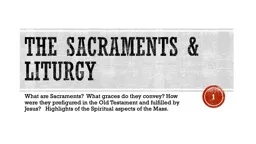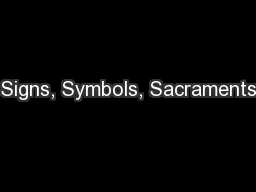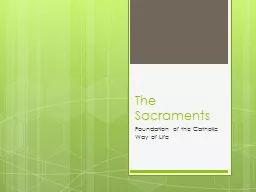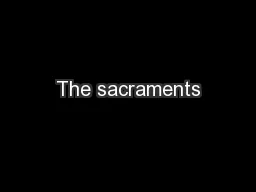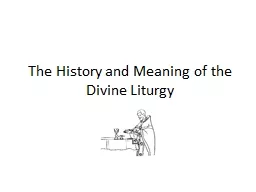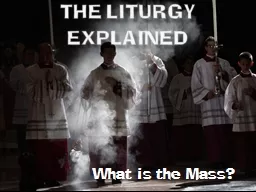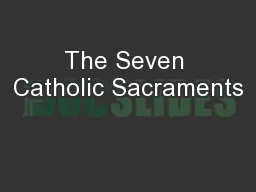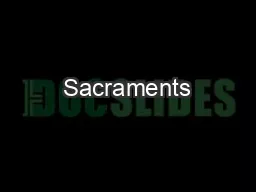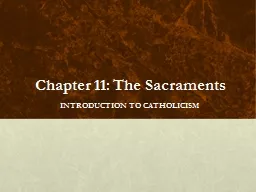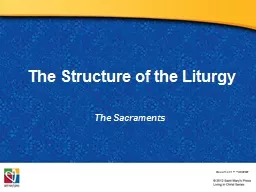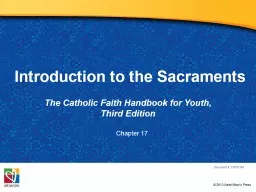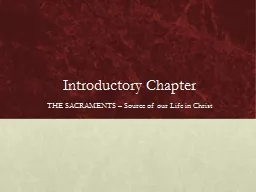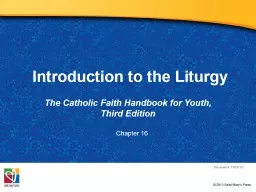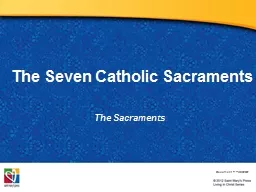PPT-The Sacraments & Liturgy
Author : min-jolicoeur | Published Date : 2020-04-05
What are Sacraments What graces do they convey How were they prefigured in the Old Testament and fulfilled by Jesus Highlights of the Spiritual aspects of the Mass
Presentation Embed Code
Download Presentation
Download Presentation The PPT/PDF document " The Sacraments & Liturgy" is the property of its rightful owner. Permission is granted to download and print the materials on this website for personal, non-commercial use only, and to display it on your personal computer provided you do not modify the materials and that you retain all copyright notices contained in the materials. By downloading content from our website, you accept the terms of this agreement.
The Sacraments & Liturgy: Transcript
Download Rules Of Document
" The Sacraments & Liturgy"The content belongs to its owner. You may download and print it for personal use, without modification, and keep all copyright notices. By downloading, you agree to these terms.
Related Documents

